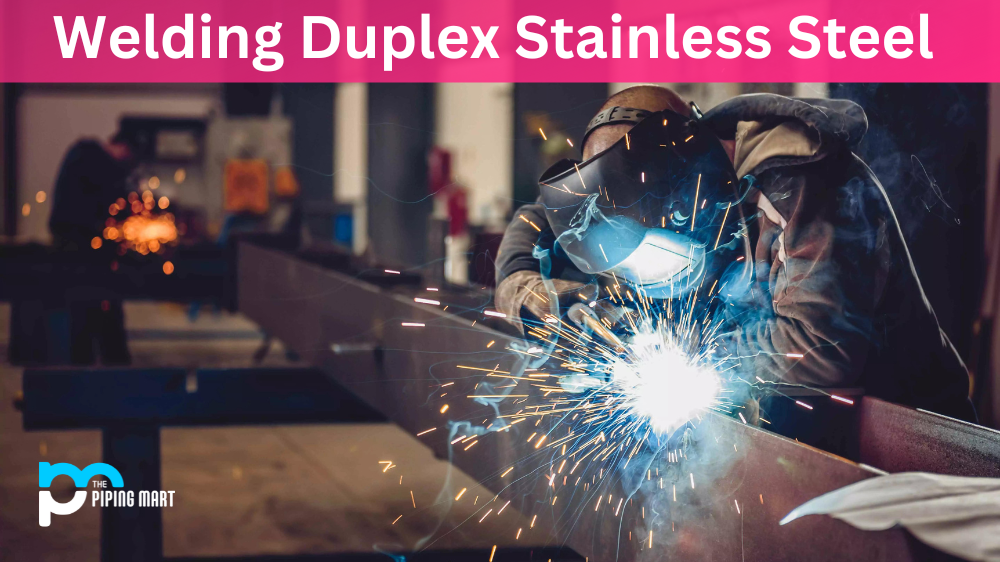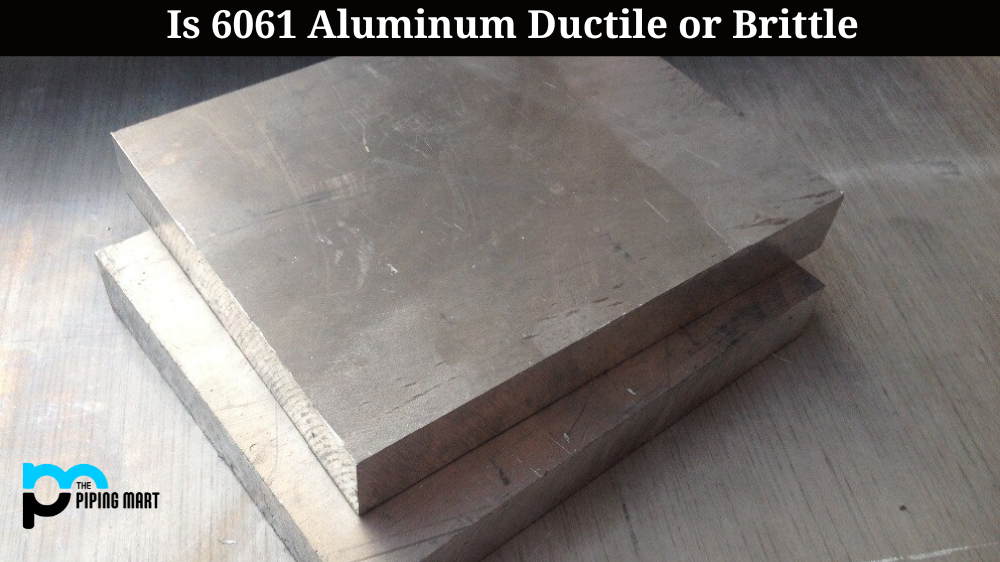Welding duplex stainless steel is an exacting process. This type of stainless steel is made up of two distinct microstructures, ferrite and austenite, which makes it more difficult to weld than other types of stainless steel. It also requires special welding electrodes. If you’re looking for a guide to welding this material correctly and safely, then read on!
Nature of Duplex Steel
Before you begin welding duplex steel, it is important to understand its nature. As mentioned above, the duplex stainless steel contains two microstructures: ferrite and austenite. This means that it has different characteristics than other steels, such as carbon or mild steels. It has higher strength and corrosion resistance compared to those materials while still having good weldability. However, because of its unique composition, certain precautions need to be taken when welding this material.
Duplex stainless steel welding procedure
The welding procedure for duplex stainless steel requires special care and attention to ensure a strong, secure weld. It is important to use variants of the traditional gas tungsten arc welding method that are designed to be used with this type of steel. Preheating and interpass temperatures should be accurately measured, as too much heat could lead to cracking. It is also imperative to properly fit up the pieces before welding, otherwise, gaps can form which weaken the overall structure of the welded joint. With the right technique and understanding, duplex stainless steel welding can provide a durable, reliable connection for any application.
Preheat
The first step in welding duplex stainless steel is to preheat the base metal. Preheating the base metal helps to reduce the risk of cracking and provides a more consistent heat input during welding. The base metal should be heated to a temperature of around 300°F (150°C) before welding begins.
Set up the welding machine
Once the base metal has been preheated, the next step is to set up the welding machine. When setting up the machine, it is important to use the correct settings for the type and thickness of metal being welded. For duplex stainless steel, a good starting point is to use an electrode with a diameter of 3/32” (2.4 mm) and set the welding current to 70-120 amps.
Begin welding
Once the machine is set up, you can begin welding. When welding duplex stainless steel, it is important to use a short arc length and maintain a consistent travel speed. It is also important to keep the electrode perpendicular to the workpiece at all times.
Post-weld heat treatment
After welding is complete, it is important to perform a post-weld heat treatment (PWHT). PWHT helps to relieve stresses that have been created during welding and can help to prevent cracking. For duplex stainless steel, PWHT should be performed at a temperature of around 1100°F (593°C).
Cool down
After PWHT is complete, the next step is to cool down the weldment. Cooling down too quickly can lead to cracking, so it is important to allow the weldment to cool slowly by itself or by using a controlled cooling method such as water cooling.
Inspect the weldment
Once the weldment has cooled, it is time to inspect it for any defects that may have occurred during welding. Common defects that can occur in duplex stainless steel weldments include porosity, lack of fusion, and undercut
Duplex stainless steel welding electrodes
When welding duplex steel, it is important to use the right type of electrode. In general, duplex stainless steel electrodes should be low-hydrogen type electrodes with a high deposition rate that will provide good arc stability and a smooth bead profile. The most common types of electrodes used for this type of welding are E308L-16 or E309L-16 (for thin work) and E309MoL-16 (for thicker work). It’s important to choose the right electrode for your particular application—consult with your supplier if you are unsure about which one would be best for your needs.
Preheating & Postweld Heat Treatment
Duplex stainless steel should always be preheated before welding and post-weld heat treated after welding to minimize any potential cracking or warping due to thermal stresses caused by rapid cooling during welding operations. Preheating helps reduce the cooling rate, while post-weld heat treatment helps further reduce residual stresses in the welded joint and normalizes the microstructure within the weld zone so that it matches that of the base material more closely.
Conclusion
Welding duplex stainless steel can be challenging because of its unique composition, but with the right preparation and technique, it can be done successfully and safely. By understanding its properties ahead of time and selecting the correct electrodes, preheating before starting the job, and performing post-weld heat treatment afterward, you can ensure that your welds are strong enough for your application without compromising quality or safety. Whether you’re a professional welder or just getting started in this field, following these tips will help ensure success when working with this versatile metal alloy!

Meet Bhavesh, a seasoned blogger with a wealth of knowledge and experience. From metal products manufacturing to retail, Bhavesh has a diverse background in various industries and is dedicated to sharing his insights and expertise with readers.




